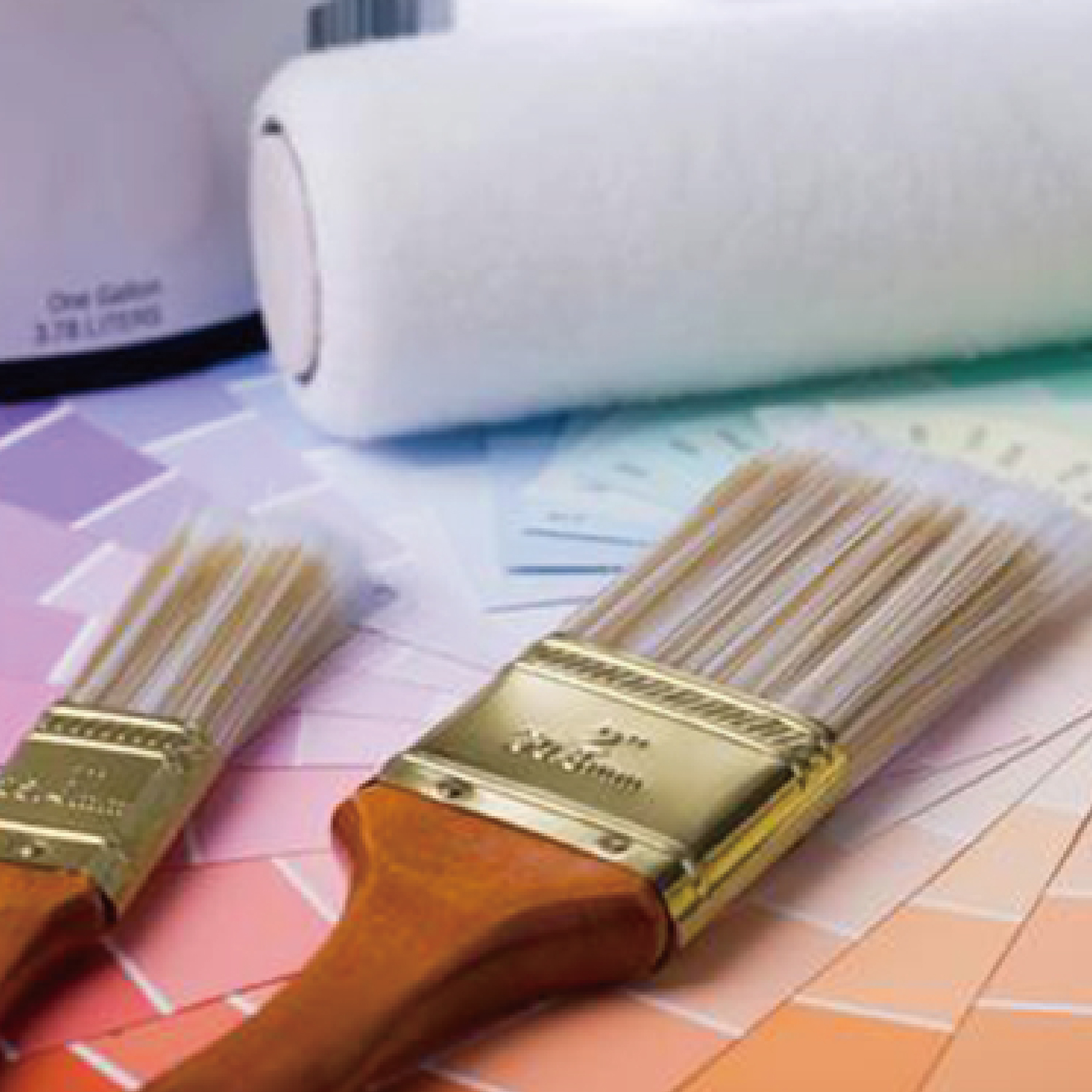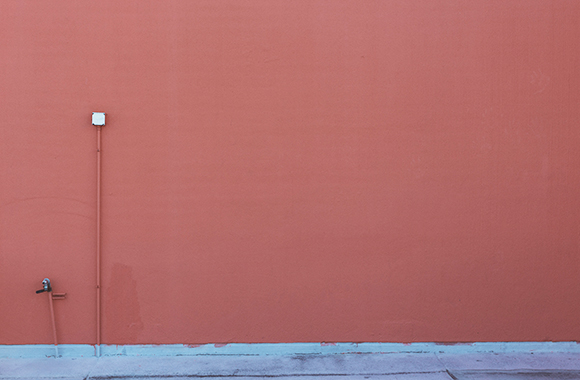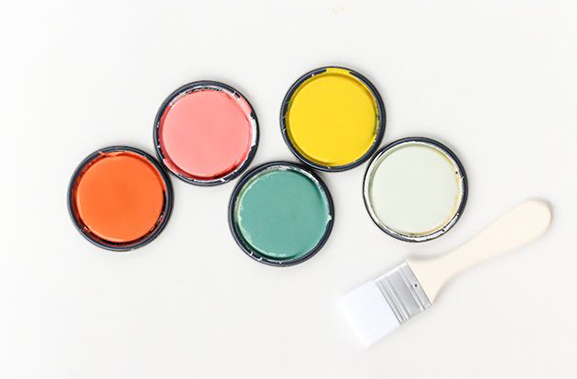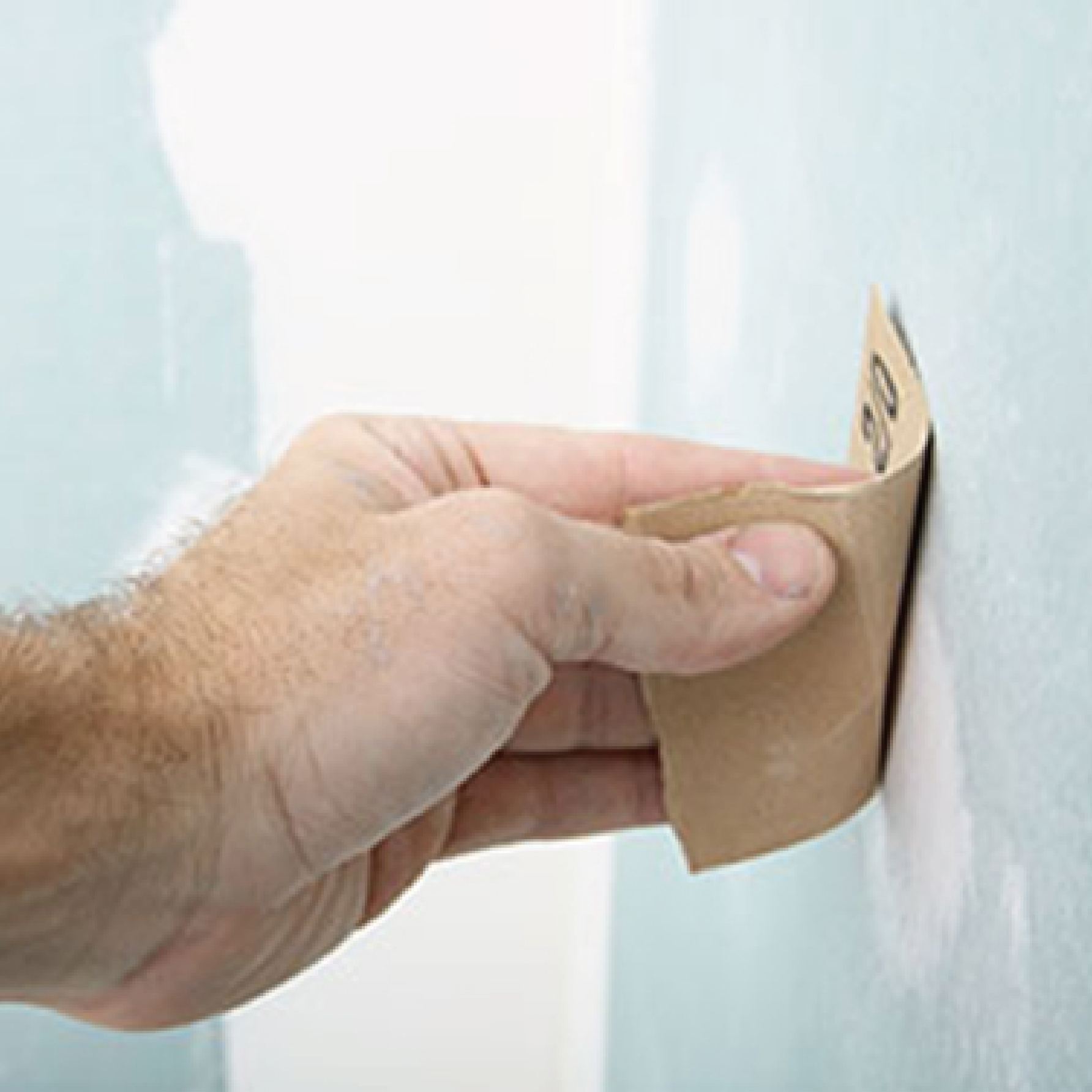How to prepare the wall
Before painting, we suggest that you check the wall body and wall surface. If any problem is found, the remedial measures are taken, so that the problem will occur after the painting is completed. Otherwise, you will fail.
|
Step 1 : Clean the wall before spraying
We need to clean and prepare the wall before painting it. Although there is no best way to clean walls before painting, most walls can be cleaned with sponges and warm water. For long-term oily or soiled surfaces ( such as kitchen walls ), use water and detergent solution for cleaning, and then use water to remove the residual detergent. Finally, wipe the wall with a damp cloth. Applying primer or paint to the damp wall can cause a lot of problems, such as mildew and bubbles, etc.
Step 2 : Check the wall to solve the problem
No matter which space you are ready to paint, make sure to solve any problems on the wall first. Never paint on a problematic wall because it will produce new problem through new paints, which will make subsequent cleaning and maintenance more difficult.
In the discovery of wall problems in a timely manner to solve, such as the discovery of mold, check whether there is the seepage, water pipe rupture and other issues. If there is the simple air wetting, the simple mildew will produce. It is recommended that you use sponge and three to four copies of water to a bleach solution to clean mold. Apply the solution, condense it for a few minutes, scrub the affected surface with a soft brush, and then rinse the area with water. If problems such as bubbles and cracking are found, remedial measures should be taken accordingly.
|

|
|
|
Step 3 : Polishing before brushing
Although not every paint project needs to be polished, rough spots must be polished on the walls. Whether they have been painted, you can paint it to ensure that the paint runs smoothly. Use sandpaper or grinding blocks to darken the uneven surface, wipe off the dust with a wet cloth, and then thoroughly dry.
Step 4 : Grind and wipe primer
If paint and paint color constitute a house, the primer is the foundation of the house. Use primer to maximize the use of paint, especially when your walls need to cover the surface stains. The primer can cover the defects and create a smooth surface for your paint to lock on it, ensuring a uniform paint surface.
|
|
 ProductDifferent coatings have their effects, and the best choice is to choose the right one.Detail
ProductDifferent coatings have their effects, and the best choice is to choose the right one.Detail Find Your ColorChoimer color library can choose the perfect paint color. And inspiration can come from anywhere. Our experts help you navigate color families and collections to find the right colors for your home.Detail
Find Your ColorChoimer color library can choose the perfect paint color. And inspiration can come from anywhere. Our experts help you navigate color families and collections to find the right colors for your home.Detail

